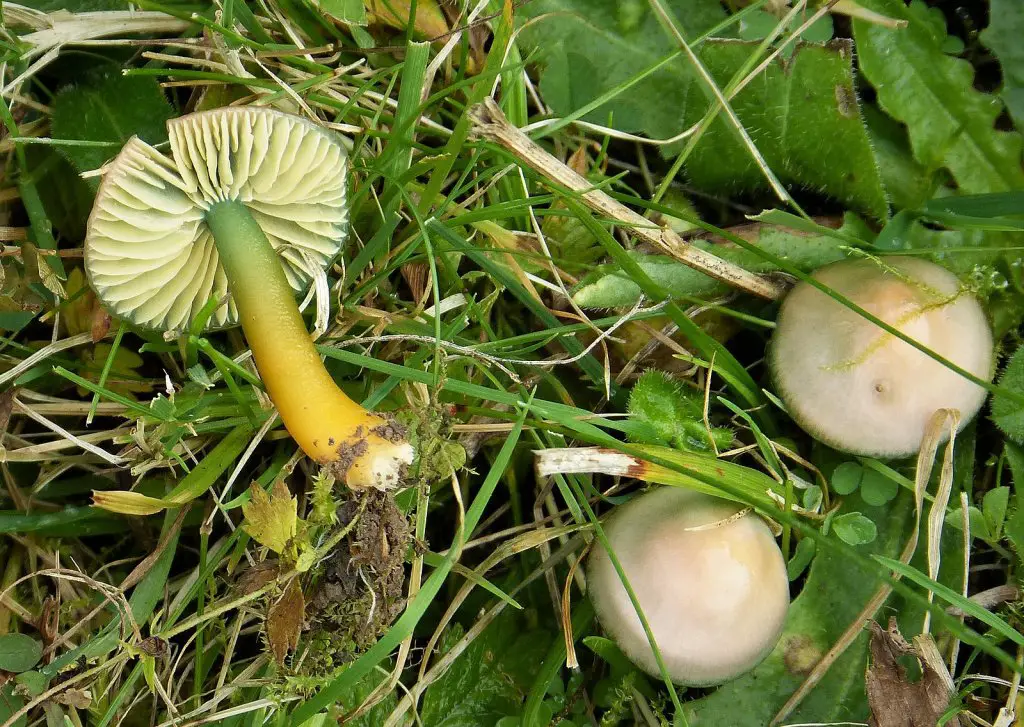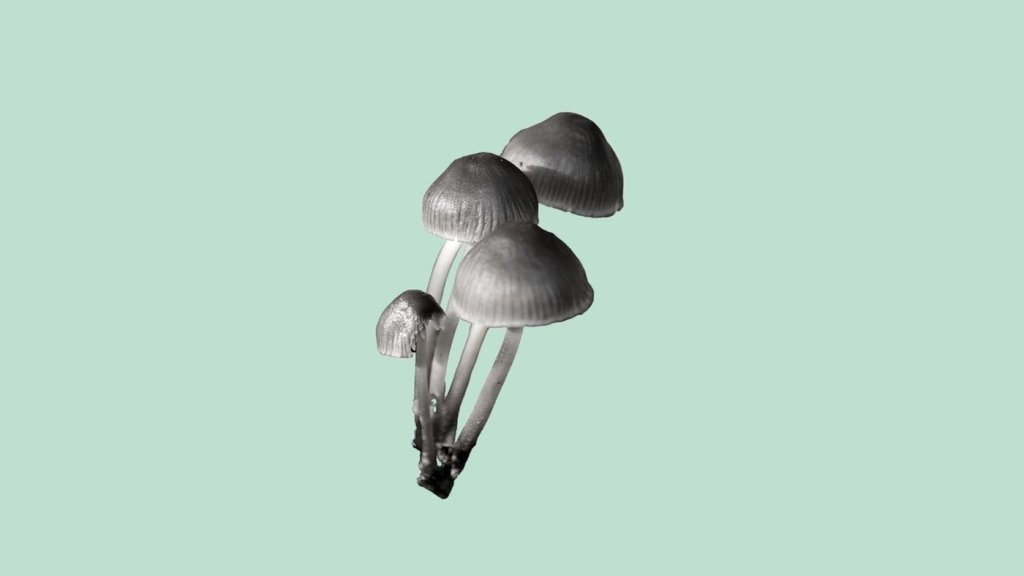In short, it is safer not to eat this wild mushroom. There are no reported medical benefits and the texture is not ideal for most culinary dishes. Even if you are brave or curious enough to try it, it’s important to know that overconsumption of this mushroom can cause gastrointestinal disorders.
Discovering the Parrot Waxcap Mushroom
This small, colorful, and odorless wild mushroom is a beautiful and rare specimen. It grows best in areas with little-to-no foot or machine traffic and absolutely no pesticides or fertilizers.
It has no medicinal benefits and can actually cause stomach discomfort if you eat more than a specified amount (usually about twenty specimens).
Luckily, the parrot waxcap mushroom‘s slimy, waxy exterior doesn‘t entice many people to eat it anyways. Even if you do try to pluck it from the ground, it’s usually too slippery.
What Are You Foraging For Right Now?
We're thrilled to hear your ideas. What would you like to submit today? Feel free to share your thoughts and experiences with us.
Though they are not ideal for foraging, spotting them while on a hike is quite a treat. They are called parrot waxcap mushrooms because the most common colors mimic those of a bright parrot.
Most of these mushrooms are green and/or yellow and camouflage easily into a grassy field.

Is This Wild Food Poisonous?
There is some research that shows that consuming this mushroom can cause gastrointestinal disorders and distress. While other research shows that they can be safe to eat.
While there is no data that proves this mushroom to be poisonous, the acidic taste is not worth the risk.
Because of the waxy cap, this mushroom is very slimy and wouldn’t add anything desirable to a culinary dish. Also, because of the size, you would need to pick a substantial amount of them to even consider adding them to a dish. Once you have picked enough for a dish, you would likely be bordering on the edge of stomach issues.
Finally, these beauties are becoming rarer with each passing day. If you are lucky enough to stumble upon (and notice) the parrot waxcap mushroom, consider leaving it in its place with Mother Nature.
The mushroom is not poisonous to the touch, but you also want to make sure not to harm it.
Where Does Parrot Waxcap Grow?
From fall to early winter, Gliophorus psittacinus can be found in Northern Europe, especially in the UK, Wales, and Northern England. In Europe, the mushroom tends to favor neutral or acidic grasslands.
While less common, it is also possible to spot this mushroom in North America. In North America, the mushroom tends to favor forests where hardwoods or conifers grow.
They are not resilient to pesticides or fertilizers. If they come into contact with them, they will almost certainly die. Because of this, they grow best in areas that are untouched, for example, fields, woods, and even cemeteries.
Once you spot one, the shiny caps become easier to notice. However, finding these tiny gems can be quite difficult for the untrained eye.
How to Identify Gliophorus Psittacinus
Starting with the straight stipe, or stem, the base is always yellow. The upper part of the stem is green when the mushroom is young but becomes more yellow as it ages. The stem usually grows between two and five centimeters tall.
Moving on to the pileus, or cap, a young parrot waxcap mushroom has a dark green cap that becomes more yellow with age. The emerald green, waxy appearance is most prominent in the mushroom’s fruiting stage.
The cap is usually between one and four centimeters wide. The top of the mushroom often looks, wet, waxy, or slimy.
The gills, which are quite large for such a small mushroom, are typically yellow at the base and slightly green closer to the edges. They are narrow and widely spaced.
In some cases, you’ll also find this mushroom with a tinge of orange, brown, purple, or pink on its cap, depending on its environmental conditions. In all cases, the white spore print is ellipsoidal.

Aliases and History
In the past, this mushroom was believed to be Hygrocybe psittacina. After an intense molecular phylogenetics study, scientists discovered it truly belongs to the genus Gliophorus. It belongs to the Hygrophoraceae family, along with approximately 325 other mushrooms. It is also included in the Agaricales, or gilled mushroom, order.
The scientific name, Gliophorus psittacinus, can be broken down into glio, meaning glue, phoros, meaning bearing, and psittacinus, meaning parrot.
The glue-bearing parrot mushroom has a few different aliases, including its common name, parrot waxcap mushroom. Among other variations, you’ll also hear:
- Parrot waxcap
- Parrot toadstool
- Parrot mushroom

Foraging Tips
The parrot waxcap is not the ideal mushroom for foraging. It has no medicinal benefits and is so rare that by removing it from its natural habitat, you would actually be harming its reproduction. It is a wild mushroom that is better left to be admired, not foraged.
There are a few other Hygrocybe that are edible, including the meadow waxcap, crimson waxcap, and snowy waxcap.
If you are looking for something with more medicinal benefits, check out one of our other mushroom guides.
Originally from Florida, but with a lust for travel, Sami has found herself in many remote areas with little-to-no access to traditional medicines. Since 2014, she has been experimenting with natural remedies, eastern medicine, and foraging. She believes that the Earth provides us with everything we need to live, heal, and cure.

